Blog de especialistas en venas de Empire
Manténgase informado con las últimas noticias de nuestros médicos certificados por la Junta.
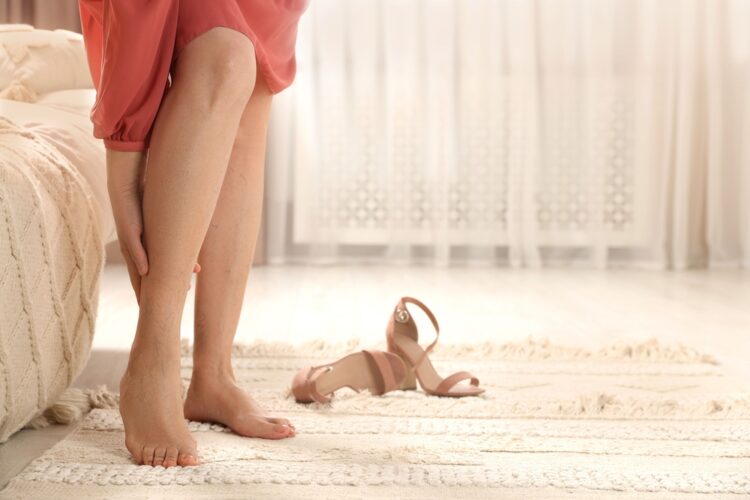
¿Cuándo debería empezar a preocuparme por las venas varicosas?
Si tiene venas varicosas o experimenta síntomas como pesadez, calambres, picazón o dolor en las piernas, es posible que se pregunte cuándo preocuparse por las venas varicosas. ¿Son dañinas las varices? ¿Cuáles son los riesgos de las varices de los que deberías preocuparte? Manejar las venas varicosas de manera proactiva es una de las mejores maneras de prevenir complicaciones. Esto es lo que […]
Leer más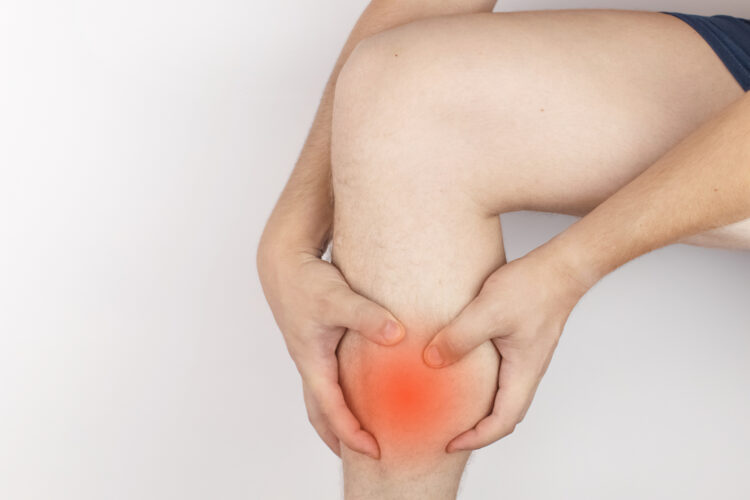
Venas varicosas rotas: causas y tratamiento
A menudo, las personas con venas varicosas se quejan de su apariencia. Pero las venas pueden ser más que simplemente cosméticas. Ocasionalmente, las venas varicosas pueden estallar. Si bien una vena varicosa reventada no es necesariamente una emergencia médica, sí es necesario buscar atención médica lo antes posible para ayudar a resolver el problema y evitar que empeore. […]
Leer más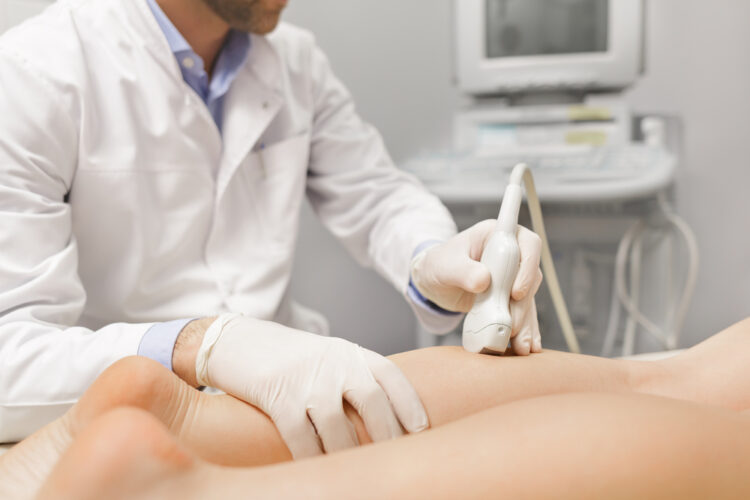
¿Qué tipo de médico trata las venas varicosas?
Cuando tienes varices y estás pensando en un tratamiento, una de tus primeras preguntas probablemente será qué tipo de médico trata las varices. Es importante saber esto ya que hay muchas opciones a considerar. Sin embargo, cuando se trata del mejor médico especialista en venas varicosas, querrás elegir un cirujano vascular. […]
Leer más
¿Las venas varicosas son genéticas o hereditarias?
Tu abuela te daba los mejores abrazos y siempre hacía la tarta de manzana más deliciosa. Tenía tantas buenas cualidades que recuerdas de ella, pero quizás también recuerdes las venas varicosas moradas y azules que cubrían sus piernas. Una pregunta que podría tener en mente sería: si su abuela y su madre tuvieran venas varicosas, ¿ […]
Leer más
¿Pueden las venas varicosas causar coágulos de sangre?
El flujo de sangre por todo el cuerpo es un sistema esencial y delicado responsable de nutrir los tejidos de la cabeza a los pies. Cualquier amenaza al flujo sanguíneo regular tiene el potencial de alterar las actividades normales, causar dolor o crear problemas de salud críticos. Mientras que las venas varicosas están agrandadas, las venas torcidas como resultado del mal funcionamiento de las válvulas venosas, coágulos de sangre […]
Leer más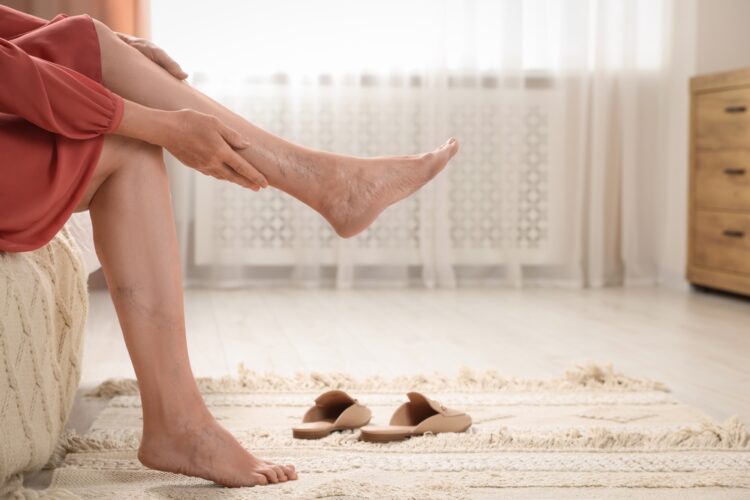
¿Cuáles son las etapas de las venas varicosas y la enfermedad venosa?
Las venas varicosas son conocidas por ser antiestéticas, a menudo venas abultadas que pueden ser de color azul o violeta y, a menudo, se encuentran en las extremidades inferiores. Si bien a veces son sólo una molestia estética, las venas varicosas pueden resultar incómodas e incluso dolorosas. Para algunos, eventualmente pueden tener consecuencias más graves que requieren atención médica. ¿Cómo funcionan las varices […]
Leer más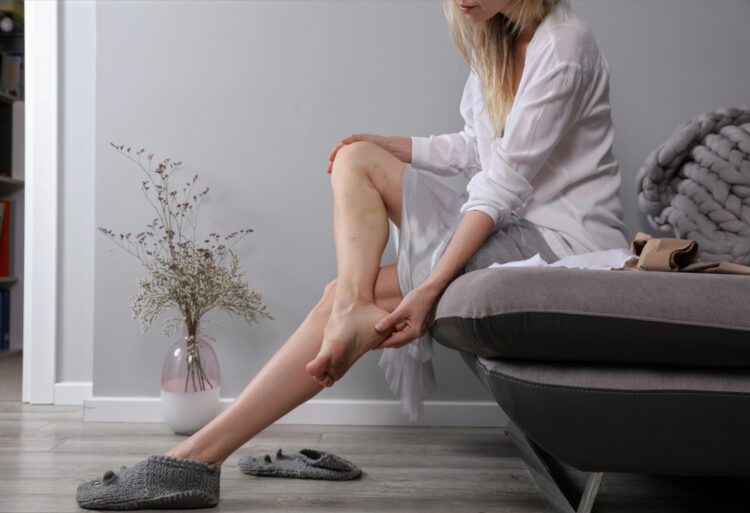
Cómo prevenir las venas varicosas: consejos y expectativas
Si bien no puedes cambiar los factores genéticos que te predisponen a tener venas varicosas, hay muchas acciones que puedes tomar para ayudar a evitar que las venas varicosas existentes empeoren. Para motivarlo, los mismos hábitos de estilo de vida que pueden ayudar a prevenir las venas varicosas mejorarán su salud de muchas otras maneras. Qué […]
Leer más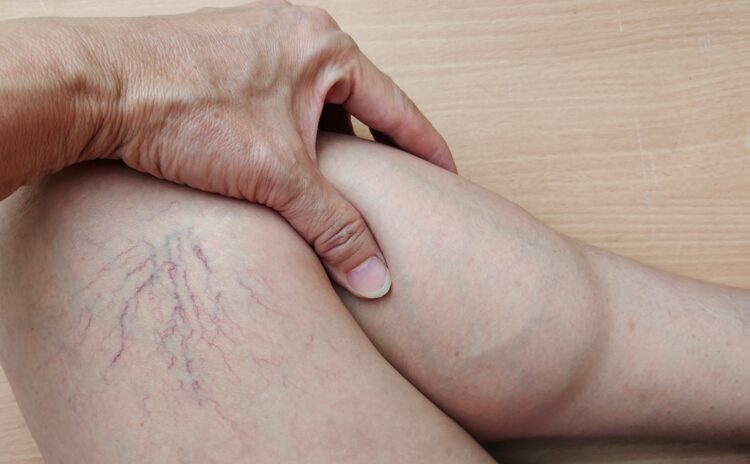
¿Las arañas vasculares desaparecen solas?
Si tiene arañas vasculares de color púrpura, rojo o azul en las piernas u otras partes del cuerpo, es posible que desee que desaparezcan por sí solas. ¿Pero es posible que se curen con el tiempo? ¿Las arañas vasculares pueden desaparecer solas? ¿O necesitas tratamiento? Hay algunas maneras de […]
Leer más
Venas varicosas durante el embarazo: lo que debe saber
Las venas varicosas son comunes durante el embarazo debido al aumento de la presión sobre el sistema circulatorio y al flujo sanguíneo deficiente. A diferencia de otros tipos de afecciones venosas, las venas varicosas durante el embarazo tienden a resolverse por sí solas unas pocas semanas o meses después del parto. Si actualmente estás luchando contra las venas varicosas o quieres saber cómo […]
Leer más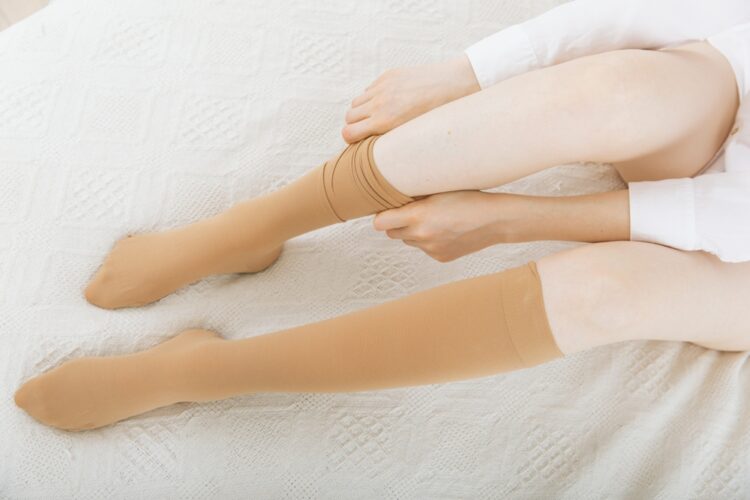
¿Cuánto tiempo se deben usar calcetines de compresión?
Los calcetines de compresión se utilizan en la terapia de compresión, un tratamiento no invasivo que ayuda a controlar los síntomas de la mala circulación sanguínea en las piernas. La terapia de compresión utiliza calcetines o medias ajustadas para ejercer presión sobre las piernas y mejorar el flujo sanguíneo. Este suele ser un primer paso recomendado para controlar síntomas incómodos como hinchazón, pesadez o […]
Leer más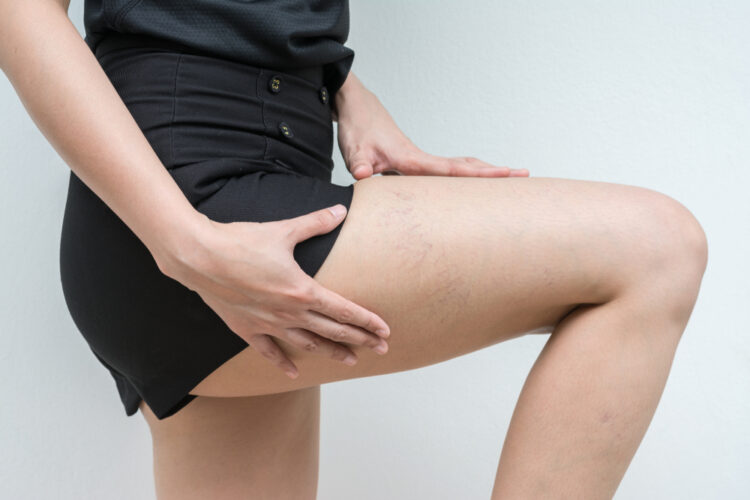
¿Qué causa las venas varicosas?
Las venas varicosas pueden ser incómodas, antiestéticas e incluso dolorosas. Pueden hacer que sea más difícil sentarse o estar de pie durante períodos prolongados, viajar o realizar ciertas actividades que los exacerben. Pero ¿cuál es la causa de las varices? Hay muchos factores involucrados y si usted está luchando con ellos, no está solo. Comprender las causas de las varices […]
Leer más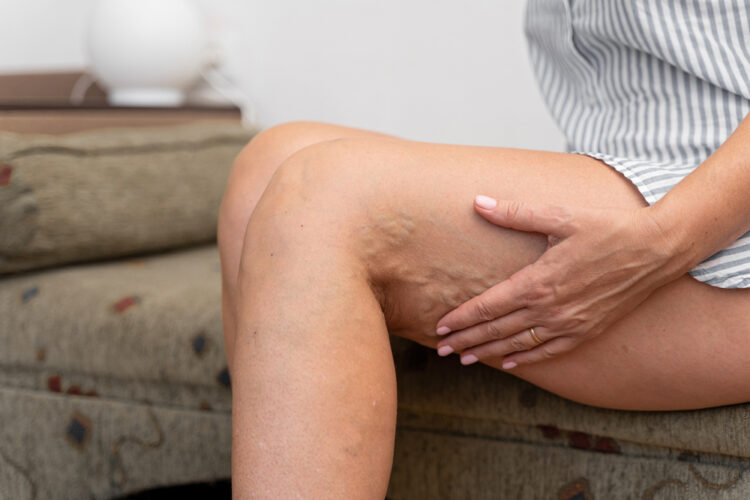
¿Son las venas varicosas peligrosas o dañinas?
Las varices son un problema de salud común que afecta a más de la mitad de la población[1]. Son predominantemente una cuestión cosmética, pero los síntomas de las venas varicosas pueden incluir dolor, hinchazón y malestar para algunas personas. Entonces, ¿son peligrosas las venas varicosas incómodas o que pican? Si bien no son intrínsecamente peligrosas, las venas varicosas pueden provocar complicaciones como coágulos de sangre, […]
Leer más